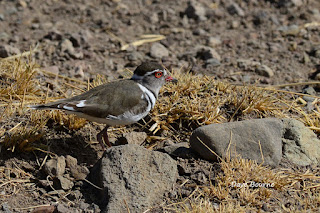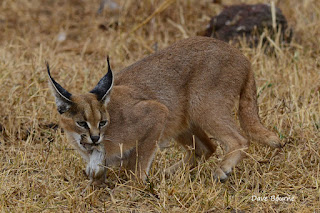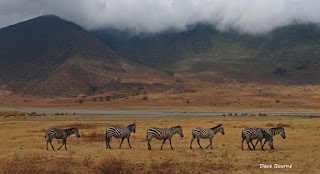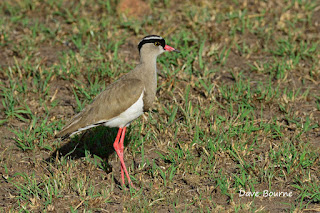Another one of the more incredible experiences was not only observing this Leopard and watching it hunt but also watching it gracefully climb the tree.
You can identify most leopards by their light color and distinctive dark spots. Those spots are called rosettes, because they resemble the shape of a rose. These patterns camouflage their bodies as they move through the grass and trees.
Unlike lions, leopards are solitary creatures. Males are almost entirely solitary and females only break their solitude when they are raising cubs.
Male leopards defend their territory by roaring and scent marking, while females use their roar to attract mates and call their cubs. A leopard roar is a rough rasp, like a handsaw cutting wood.























































